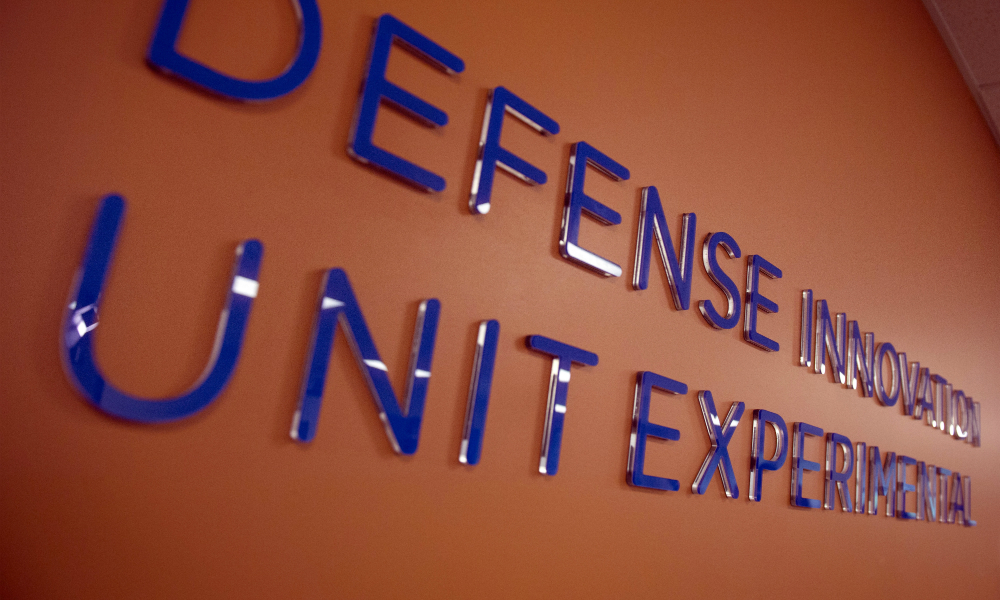Editor’s note: In this article in the journal Survival, MWI non-resident fellow Nina Kollars explores the drivers of military innovation in times of war and peace.
When it comes to creating new battlefield concepts and capabilities, buying cutting-edge machines is not enough.
In times of war, front-line practitioners are agents of innovation and change if only through necessity. Because there is no way to fully anticipate what a dynamic and evolving adversary will do in a conflict, the fog of war requires adaptation, from tinkering with weapons systems to writing entirely new TTPs (tactics, techniques and procedures). This task often falls to soldiers working at the tip of the spear.
But what of the warfighter in peacetime? In the absence of definitive actions from adversaries or an active battlefield upon which to adapt, military innovation seems to become a mostly top-down process. Peacetime innovation involves placing bets on the kinds of technology, training and force structures that will be needed for a world that has yet to emerge. As such, the implicit assumption is that experienced warfighters will take a back seat in the shaping of the future force.
Image credit: Senior Master Sgt. Adrian Cadiz, Office of the Secretary of Defense Public Affairs

